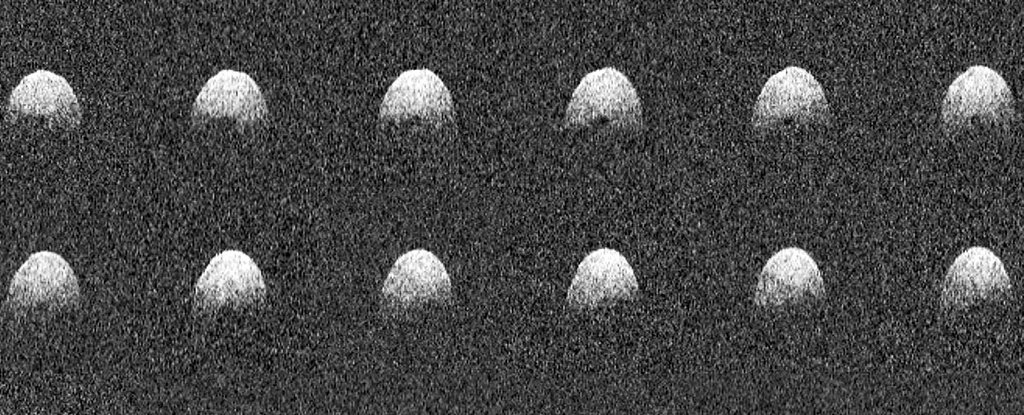
Arecibo Radar captures asteroid 3200 Phaethon moving towards Earth; Will it hit?
The Radar system of the Arecibo Observatory at Puerto Rico has become operational, and it has captured some great images of the giant asteroid 3200 Phaethon. Recently, the Phaethon asteroid had a close flyby of our Earth, and many telescopes at different observatories captured images and collected data about the near-Earth asteroid.
After analyzing the data, scientists revealed that the 3200 Phaethon is almost 3 miles wide and according to them it is the second largest near-Earth asteroid to be classified as “Potentially Hazardous”. But now, after Arecibo observatory looked at the 3200 Phaethon and captured images with the help of its powerful radar technology, it revealed that the giant asteroid is actually bigger than previously thought. Scientists earlier estimated the size of 3200 Phaethon to be almost 3 miles in diameter, but the Arecibo team has found out from the measurements that the asteroid is almost 3.6 miles in diameter. This indicates that the 3200 Phaethon is 0.6 miles or almost 1 kilometer bigger than previously estimated.
During its close flyby, the 3200 Phaethon was almost 6.4 million miles (10.3 million kilometers) away from Earth, which is approximately 27 times the distance between Earth and moon. The 3200 Phaethon was discovered in 1983 and according to the scientists, the asteroid is not going to come close to earth until December 14, 2093. Although scientists have defined 3200 Phaethon a ‘Potentially Hazardous’ near earth asteroid, they have also predicted that the giant asteroid has no chance of collision with Earth at least for the next four hundred years. Patrick Taylor, a scientist at the Universities Space Research Association (USRA) and group leader for Planetary Radar at Arecibo Observatory, said that the new latest observations of 3200 Phaethon have revealed that it might have a similar shape like that of the asteroid Bennu, the target body of NASA’s OSIRIS-REx spacecraft, but its giant size suggests that more than 1,000 Bennus could fit inside 3200 Phaethon. The clear and detailed images of 3200 Phaethon showed that there are depressions on the space rock.
According to a statement, the 3200 Phaethon has a large concavity, or depression, at least several hundred meters in extent near its equator, and a conspicuous dark, circular feature near one of the poles. “The dark feature could be a crater or a depression that does not reflect the light emitted by Arecibo’s radar instrument,” stated Taylor.
The Arecibo Observatory was damaged by the powerful Hurricane Maria in September. Its generators made sure that the radio telescopes worked properly. But the radar system took some time to become operational. Arecibo has the most powerful radar system on Earth, and the Planetary Defense Coordination Office of NASA uses this to monitor potentially hazardous asteroids. In a statement, Joan Schmelz, of the Universities Space Research Association (USRA) and deputy director of Arecibo Observatory said, “Arecibo is an important global asset, crucial for planetary defense work because of its unique capabilities.” He further informed that their team worked diligently to get it back up and running since Hurricane Maria destructed Puerto Rico.


